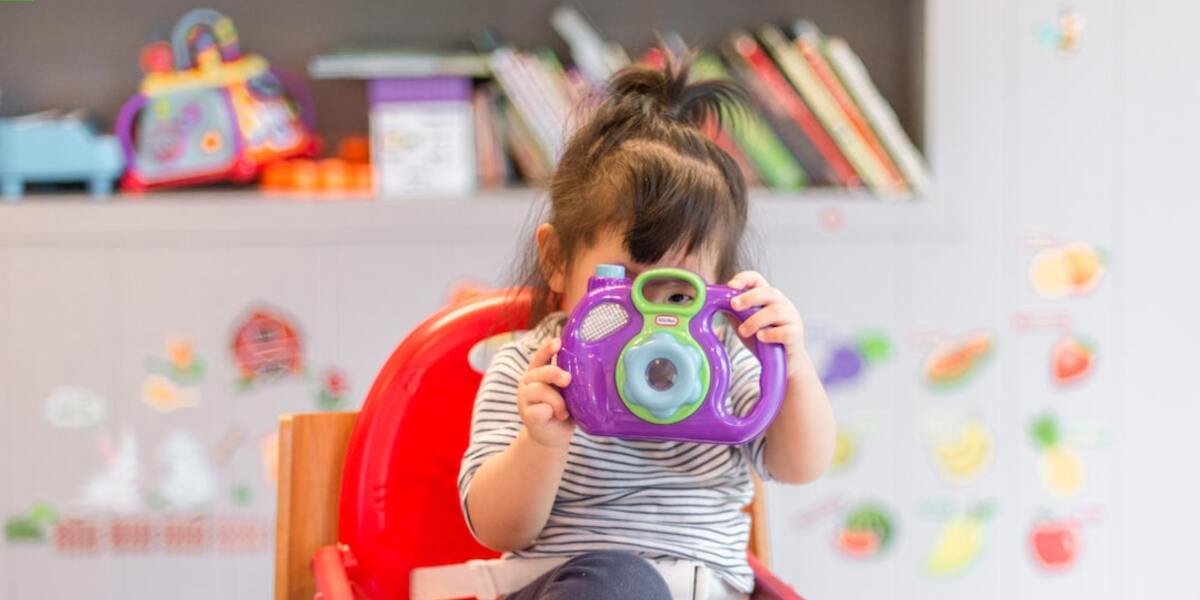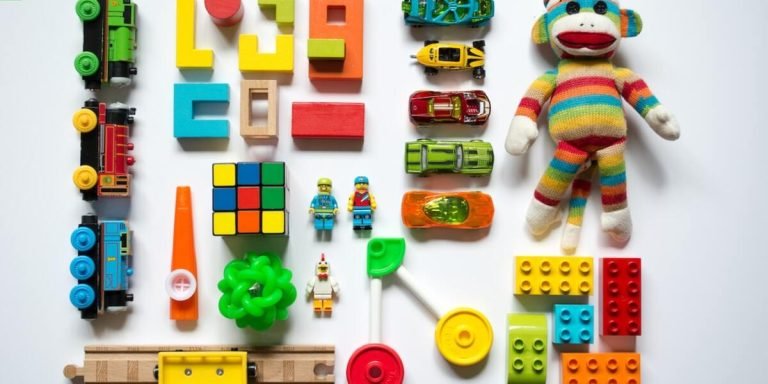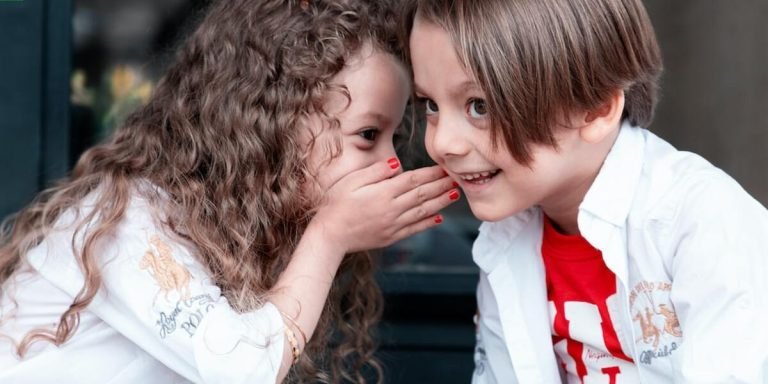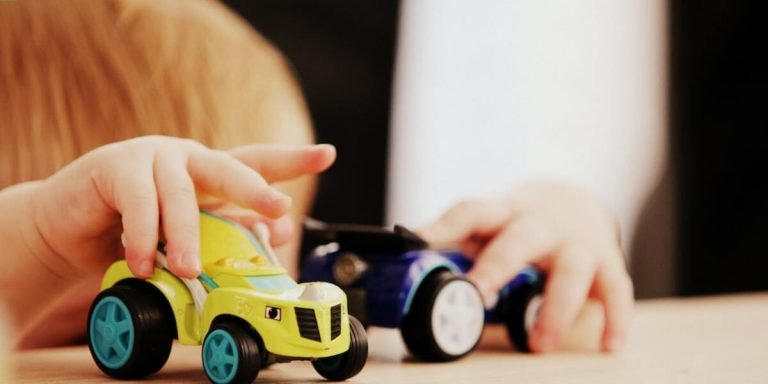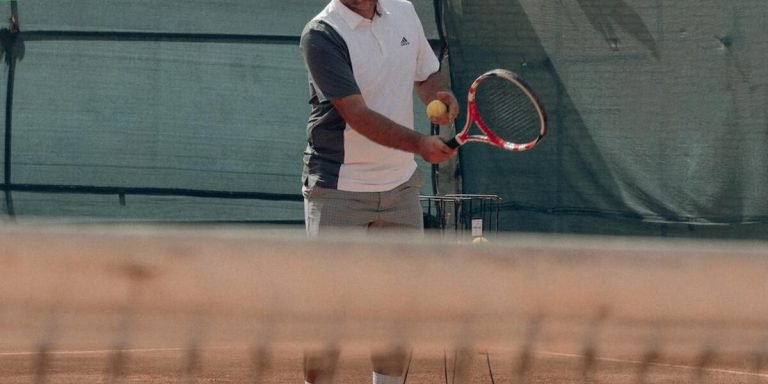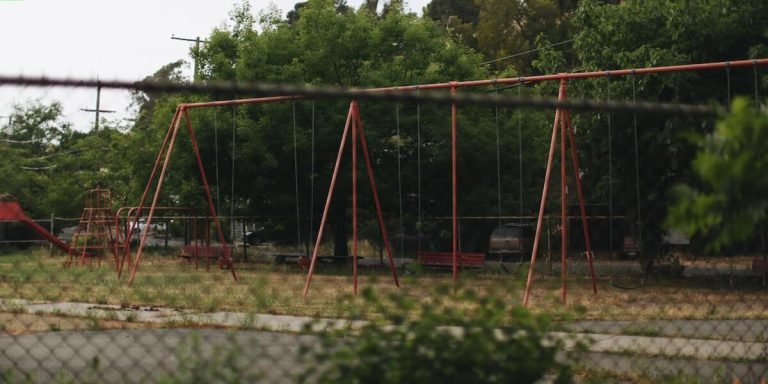Kinesthetic Learning: Transforming Childhood Education Through Movement
In the field of early childhood education, ‘kinesthetic learning’, a concept stemming from experiential or activity-based learning theories, is gaining fervent recognition. It involves using physical activities like movement and touch to stimulate young learners’ cognitive growth. This evidence-backed modern approach in educational pedagogy essentially embraces children’s innate need for direct experience and active involvement.
The transformational potential of kinesthetic learning lies in its inherent ability to engage multiple senses simultaneously—a significant shift away from conventional rote memorization methods that heavily prioritize visual and auditory input alone. By integrating movement into lessons, we cater not only to those who are naturally kinesthetic learners but also offer an enriched multi-dimensional context beneficial for all learner types.
Did you know?
Fascinatingly, according to a study published in the Journal of Educational Psychology, children who use gesture-based movements while learning new mathematical concepts often retain information better than those taught traditionally.
Understanding Kinesthetic Learning: The Core of Experiential Education
Kinesthetic learning, often labeled as “learning by doing,” has emerged as a vital instrument in the contemporary educational sphere. This approach underscores an active engagement of students directly interacting with their environment to gain knowledge and skills. The focus detours from conventional teaching methods that mainly rely on auditory or visual instruction, paving the way for experiential education where children learn through participation.
The core essence behind kinesthetic learning is its unique ability to channelize a child’s natural inclination towards action into constructive academic growth. It takes advantage of kinetic energy and tactile experiences, encouraging learners to discover information via physical activities such as movement, gestures or manipulatives; thus catering specifically to those who absorb lessons better while being physically engaged versus stationary intake.
This dynamic method enhances cognitive development through real-world applications which resonate more effectively than abstract texts alone. By promoting hands-on tasks and practical exposure – be it in scientific experiments or history re-enactments – kinesthetic learning stimulates intellectual curiosity along with honing problem-solving competencies necessary in today’s fast-paced world. Therefore, understanding this pedagogical practice opens up avenues for fostering well-rounded development among youngsters.
Defining Kinesthetic Learning in Modern Pedagogy
Kinesthetic learning, at its core, is a teaching methodology that engages students in physical activities to facilitate understanding of complex concepts. Rewiring the traditional approach toward classroom education, it has emerged as an integral part of modern pedagogy.
In kinesthetic learning or tactile learning, learners engage their senses and perform real-life actions. It isn’t about reading or hearing a concept; instead, they gain knowledge through experiences – by doing things themselves. By moving around for various activities such as role-play games or science experiments while interacting with peers helps solidify different theoretical perspectives into tangible practicality.
Often associated with experiential education and activity-based learning; it draws inspiration from the ‘learning-by-doing’ philosophy which underlines most advanced curriculums today in 2023. The idea behind this strategy revolves around engaging children’s mind-body connection facilitating better comprehension and application skills.
Research validates that people remember approximately 20% of what we hear but can recall up to 90% when engaged physically- hence emphasizing on the need for integrating Kinesthetic Learning strategies across educational environments globally. They are particularly beneficial considering diverse learner preferences – wherein some kids learn best visually/auditorily while others do wonders via hands-on exercises (kinesthetically).
How Kinesthetic Strategies Enhance Activity-Based Learning
Kinesthetic learning, often referred to as tactile or hands-on learning, involves learners actively participating in an activity to grasp concepts better. By tapping into a child’s natural urge for direct experiences and movement, kinesthetic strategies undeniably enhance experiential or activity-based learning.
Firstly, the integration of motion can significantly improve memory retention. When children engage their physical senses while learning – touching objects, moving around spaces – they are more likely to remember what they’ve learned since it is associated with corporeal actions.
Secondly, these active techniques foster critical thinking skills. Activity-based tasks prompt youngsters’ minds to analyze situations logically and solve problems creatively. These cognitive abilities acquired through this method not only help them excel academically but also prepare them adequately for real-world challenges.
Lastly yet importantly Kinesthesia promotes overall wellbeing by incorporating much-needed physical exercise within the confines of traditional classroom settings – combating rampant sedentary lifestyle trends amongst modern-day youth.
Key Components of Effective Experiential Learning Programs
The concept of “learning by doing” is at the core of effective experiential learning programs, and kinesthetic learning inhabits this philosophy. This mode allows children to experience an environment where skills are learned and mastered through a hands-on approach. It’s more than just having physical activity in the classroom; it involves any formative educational experience that draws on students’ physical movement and actions.
For instance, let’s consider practical science experiments as part of a curriculum plan. The act ignites curiosity among young learners who can see theoretical concepts come alive right before their eyes instead of merely reading from textbooks or attending lecture-based instruction layouts. These interactive experiences engage youngsters into genuine comprehension while naturally refining their motor abilities.
Moreover, these vibrant platforms offer meaningful opportunities for growth by encouraging reflection upon personal strengths and challenges. Such introspection inspires self-improvement pursuits which have long-lasting impacts even beyond academia onto adulthood – fostering resilient individuals prepared to adapt amidst our rapid-paced contemporary world dynamics.
Incorporating Tactile Activities for Deeper Understanding
Incorporating tactile activities into the learning process can catapult a child’s understanding to another level. This immersive approach, often referred to as kinesthetic or experiential learning, enables young learners in 2023 to physically engage with their study material. It ensures deeper comprehension and retention of concepts.
Fundamentally, kinesthetic learning is about ‘learning by doing.’ For instance, instead of simply telling kids that mixing blue and yellow paint produces green color – get them involved! Let them blend colors themselves and witness this transformation upfront!
Tactile activities like these are not just limited to art projects but extend across multiple domains – science experiments involve measuring liquids or weighing materials on scale; math assignments feature physical objects for counting numbers; even something as simple as reading maps can be made interactive using touch-sensitive e-books!
Remember though: The goal here isn’t noise-making fun (though that’s also welcomed!) but strategic engagement aimed at reinforcing educational objectives through practical application.
Consider these effective methods to incorporate tactile experiences into your child’s education plan:
1. **Make Learning Hands-on:** Encourage youngsters’ active participation rather than passive intake of information. Instead of explaining how plants grow from seeds – create mini home-gardens where they sow seeds, water regularly & observe plant growth.
Facilitating Movement and Space in Learning Environments
Experiential learning programs are integral to a child’s educational journey, allowing them to truly engage and interact with the knowledge they acquire. An essential component of these models is kinesthetic learning – or ‘learning by doing’.
Focusing on facilitating movement and space in learning environments can significantly enhance children’s understanding, participation, and retention abilities. These elements serve as powerful tools for activating learner engagement while addressing various components of their mental development.
and sharpening problem-solving skills among students.
Creating open classrooms meticulously designed keeping high mobility in mind immediately supports active exploration necessary for such pedagogy style. Transformable furniture arrangements encourage physical activity whilst providing an avenue for hands-on experiences which positively influences how quickly kids absorb new concepts during studies.
Measuring the Impact of Kinesthetic Approaches on Student Success
Kinesthetic learning, also known as tactile or hands-on learning, is steadily transforming the education landscape. This method has emerged from understanding that children learn best when they physically engage with material. By employing activities such as role-playing games and building models, youngsters assimilate information more effectively than through traditional delivery methods focusing on rote memorization.
Research consistently underscores the notable impact of kinesthetic approaches in fostering student success across diverse demographics. Learners exposed to this pedagogic style typically demonstrate increased comprehension and retention rates. The efficacy springs from its ability to actively involve students in their learning journey which translates into improved academic performance.
In an age dominated by digital technology, combining tech-tools with these hands-on practices may unlock untold potential within our pupils – a kind of hybrid model for contemporary teaching might be at hand in 2023! For instance: interactive whiteboards can showcase complex concepts; virtual reality affords immersive experiential adventures; online simulations provide real-world problem-solving exposure; all underpinned by active involvement promoting deep-seated knowledge acquisition.
These suggestive trends underline how crucial it is for educators and parents alike to identify measurable metrics evaluating kinetic methodologies’ effectiveness continually— thereby refining and enriching future generations’ educational experiences while making strides towards comprehensively personified instruction pathways.
Assessing Cognitive and Physical Engagement Outcomes
In examining the role of kinesthetic learning in a child’s academic progression, it becomes imperative to measure cognitive and physical engagement outcomes. By doing so, we can gauge the effectiveness of experiential or activity-based learning techniques.
Kinesthetic learning leverages a holistic strategy where students engage physically with their environment while absorbing knowledge for better understanding and retention. In assessing these results, there are several key indicators that educators need to monitor closely.
Firstly, let’s contrast student performance before-and-after implementing kinesthetic activities into teaching sessions. Are there notable improvements in comprehension levels? Has the quality of assignment submissions improved?
These signs point towards enhanced cognitive growth due to active participation during lessons as opposed to passive rote memorization.
Secondly, we must observe changes in classroom behaviour post-kinesthetic training intervention. Does this new approach motivate more productive class interactions? Is each pupil demonstrating keen involvement rather than remaining an indifferent bystander?
Evaluating shifts in concentration spans is another crucial aspect when deciphering impact made by kinesthetic instruction methods on young learners’ attention abilities; hence marking higher rates could signify success effectively capturing children’s naturally fleeting focus capabilities through tangible actions over abstract thought processes alone.
Long-Term Benefits of Kinesthetic Experience in Academic Performance
Kinesthetic learning, an approach involving physical activities rather than listening to a lecture or watching demonstrations, has been gaining recognition in the field of education. Focusing on students’ engagement through tactile and motor movements can lead to numerous long-term benefits for their academic performance.
Firstly, improved memory retention stands as one of the most significant advantages kinesthetic learning provides. As children associate knowledge with experiences – like solving a puzzle or playing interactive games related to lessons learned at school – they remember concepts more efficiently. This method triggers different areas in the brain associated with cognitive function and memory storage, providing them with a memorable context that aids information recall.
Secondly, Kinesthetic experience amplifies student comprehension levels significantly over traditional teaching methods alone. Hands-on activities allow students to delve deeper into subjects by practicing what they’ve read about or seen demonstrated during class time. The act of “‘doing” concretizes abstract theories which improves mental flexibility allowing them better understand complex topics comprehensively.
Conclusion
In embracing kinesthetic learning, we not only tap into the natural proclivities of our children but create a more engaging and dynamic educational environment. We transform standard teaching methodologies from passive to active experiences, fostering a love for learning that will extend far beyond their childhood years.
Don’t stop here! There’s an ocean of knowledge waiting on this site where we break down complex educational theories like ‘kinesthetic learning’ into bite-sized pieces. Dive in deeper to uncover how best you can support your child’s education journey or broaden your horizon as an educator.
Your allies in shaping tomorrow’s geniuses are just a click away!

